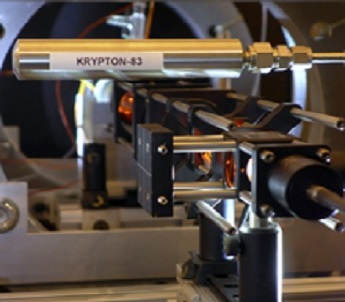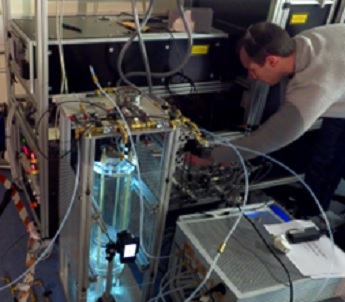Beyond Protons
The technological revolutions made at the physics – biomedical sciences interface with hyperpolarized (HP) noble gas MRI have produced one of the most significant advances in pulmonary diagnostics in decades.
Using laser pumping, the technology can produce HP 129Xe that enhances the MRI signal by 4 – 5 orders of magnitude and that can be safely inhaled by patients.
Xenon’s tissue solubility, large chemical shift range, and interaction with specific sensor molecules allows enables lung structural and lung functional imaging. Together with the University of Sheffield and Oxford University, Nottingham is currently employing pulmonary HP 129Xe MRI in a first multi-centre study to observe the long-term effects of Covid-19.
In addition, the Nottingham Translational Imaging Group led by Professor Thomas Meersmann is developing new hyperpolarized noble gas contrast and technology in the physics laboratory and translate the technology to clinical applications. The group has pioneered HP 83Kr MRI and introduced surface quadrupolar relaxation (SQUARE) of 83Kr as a potential biomarker for emphysema. The group is now working on novel production methodology to generate HP 83Kr to enable clinical MRI applications.
Development and applications of hyperpolarized noble (HP) gases for pulmonary MRI

Hyperpolarized 83Kr as for novel MRI contrast

Novel HP gas production technology

Clinical hyperpolarizer for HP 129Xe production

Multi-centre Long-Covid study with pulmonary HP 129Xe MRI